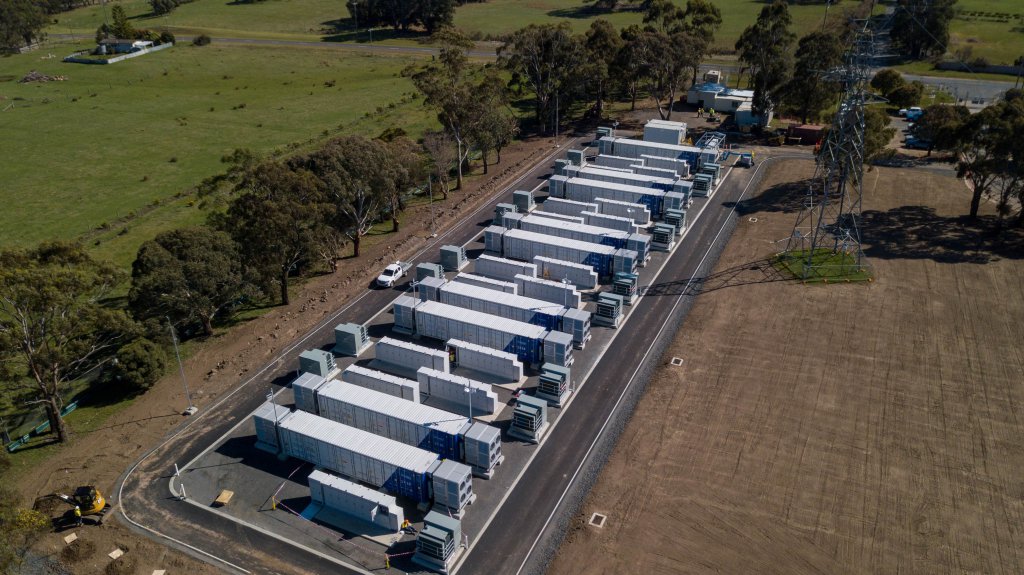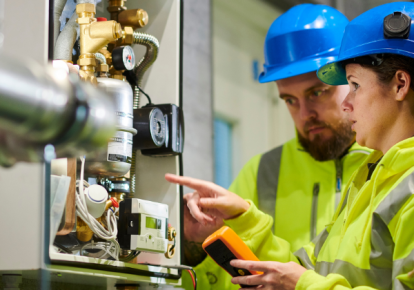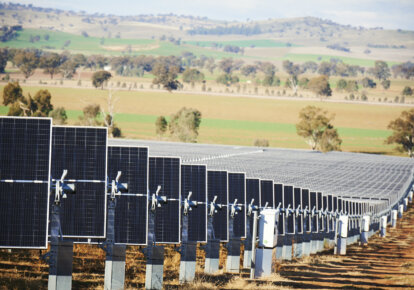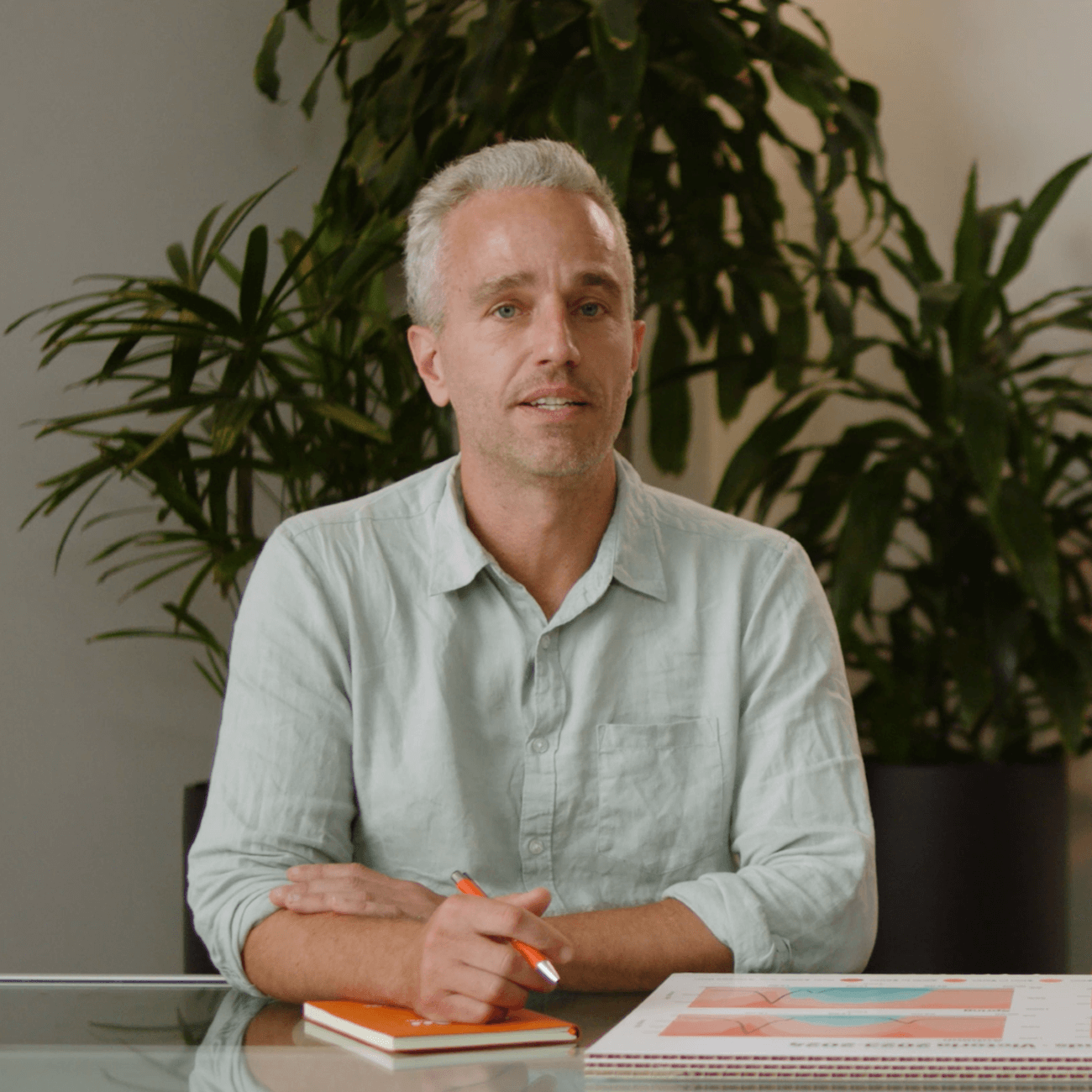There’s no denying the importance of net zero.
It’s helped drive the renewable transition to where it is today. It’s encouraged us to think about the emissions we produce and how we can mitigate their damaging effects. It’s helped businesses engage with real and meaningful sustainability targets.
So, what’s the issue with net zero?
Ultimately – net zero is still not enough.
While we’re racing against the clock to prevent further warming of our planet, we urgently need to tackle the biggest polluters at the source, and push for industry-wide change.
Every business in Australia could be ‘carbon neutral’ on paper, yet we could still have a grid powered by coal and gas. And that’s not a good enough solution for us, or the earth.
Offsets and carbon neutrality have helped build momentum in the energy transition, but true zero will take us across the decarbonisation finish line.
But we need buy-in from the country’s largest energy users – businesses – to get there.
What does the true zero future really look like?
In the true zero future, we’ll see the complete shutdown of all fossil-fueled generators.
We’ll have an energy system that is stable and responsive, powered by clean energy, batteries and smart technology. (And we’re building it as we speak.)
Australia’s grid will be a mix of true zero carbon energy sources, intelligently and accurately time-matched to our demand.
Today, it may sound like a utopian fantasy, but it’s not impossible by any means. Time-matching demand to supply is an age-old concept in energy markets that brought us cheap, reliable power for decades – but it needs a modern twist.

How do we progress from net zero to true zero?
Firstly, we need to take a look at our current system.
As it stands, businesses have the means to offset energy use through the use of carbon credits, or through renewable generation certificates.
A certificate is created for each MWh of energy produced by a renewable generator, and these are purchased and retired by businesses based on a calculation of their annual consumption.
This system has been an excellent way to help fund the development of renewable energy projects – especially when the certificate system began, and renewables needed strong subsidies to compete with coal and gas.
But there’s a fundamental flaw with simply relying on certificates to offset energy use – that is, they are not time-matched to periods when renewable energy is generated.
This often leaves inconvenient gaps in the real-time supply of renewables and demand, and if we want to get to true zero, it’s time we start addressing this.
The graph below exemplifies these gaps, showing the variance between a business’s average daily load and supply linked to a solar PPA.

The issue here is that a business could be ‘100% renewable’ according to its carbon accounting, if it purchased enough certificates, while exclusively using energy during the dirtiest, most fossil-intensive time periods on the grid. This creates demand for generation at a time when it needs to be shut down or replaced. And that’s a problem.
This isn’t to say that renewable certificates don’t have their place. But progressing from net zero to true zero means taking accountability, opting for total transparency and setting a new standard for measuring and time-matching energy use. Additionally, prioritising the development of more storage is crucial to address these renewable generation shortfalls.
We know real-time renewables deliver the lowest-cost generation. And we know batteries already out compete gas. We have the power and the knowledge to do better. So, let’s start putting it into action.

What is the energy industry doing to address this?
Guided by the success of similar schemes overseas, Australia’s Clean Energy Regulator has proposed a new Guarantee of Origin (GO) scheme. This has been designed to track and verify emissions associated with hydrogen and a range of low emissions products made in Australia.
Most importantly, it will also provide an enduring mechanism, called the Renewable Guarantee of Origin (REGO), to certify renewable electricity.
This proposed REGO certificate mechanism will build on the large-scale generation certificate framework, which is set to end in 2030. REGOs will initially exist alongside LGCs but continue beyond 2030 when the RET ends.
How will the REGO scheme support true zero?
The REGO scheme is a promising development in the push towards true zero.
The program will issue a Guarantee of Origin certificate for each MWh of renewable energy that is produced, much like the existing certificate scheme – but there will be additional attributes attached, such as:
- Renewable energy source
- Hour and date of generation
- Location of generation (state/territory and grid)
- Power station commissioning date
This is big news for any business wishing to procure renewable energy, with greater visibility over origin, additionality and the time and location it was generated.
The REGO scheme will also recognise storage systems like batteries – a vital component in the journey towards true zero. Batteries will be able to generate REGOs for each MWh of electricity they discharge, assuming they can demonstrate the source of the electricity is renewable.

How does this influence Flow Power’s true zero project?
The REGO scheme is a huge step in the right direction. But we can’t sit and wait until 2030 to take action. (In case you missed it, we outlined our three-phase plan towards true zero here.)
Our first step towards decarbonising Flow Power’s Melbourne office is matching our load to real-time generational output, across our portfolio of renewable projects and storage.
For this experiment to be successful, we must ensure the energy is 100% time-matched, generated within the office’s local grid and has not already been allocated for use by another customer.
In our next monthly update, we’ll share our progress with this first step, outlining our strategy and seeing if it’s really possible to get the Melbourne office to true zero.
Questions about true zero?
We’re here to help.
Speak to our zero carbon electricity specialists today to learn more, or connect with us via LinkedIn to join the true zero conversation.














